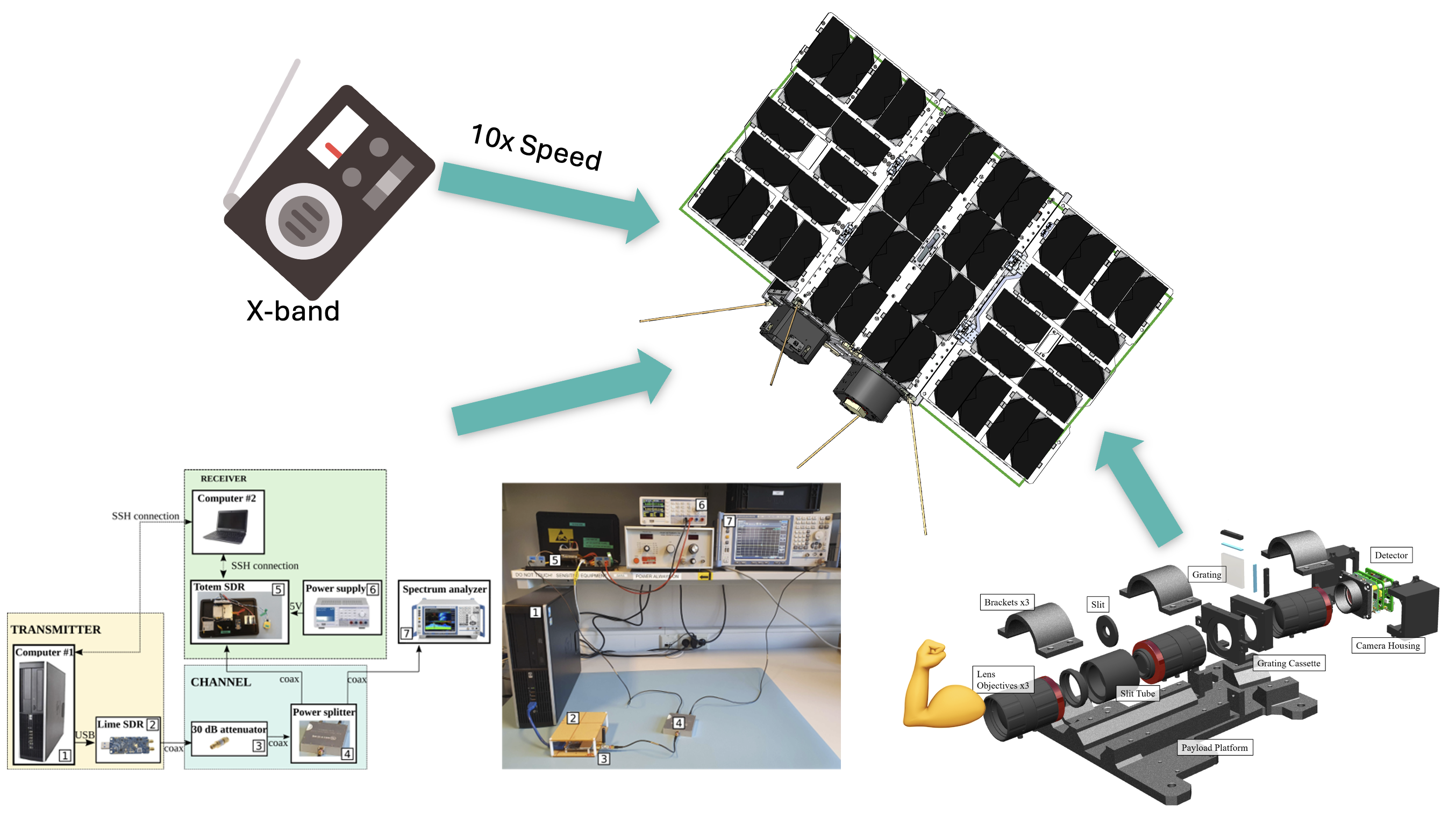HYPSO-2
HYPSO-2
Following the success of the HYPSO-1 mission, the Norwegian University of Science and Technology (NTNU) has launched HYPSO-2 (Hyperspectral Satellite for Ocean Observation 2) on the 16th of August 2024. HYPSO-2 has completed it's LEOP phase, and the operation is transfered to NTNU and it is delivering images. Currently we are validating the performance of the instruments and comparing the data with HYPSO-1.
HYPSO-2 is also a 6U CubeSat built by Kongsberg NanoAvionics, and it continues the mission of its predecessor by offering a powerful tool for monitoring the health of our oceans.

The predecessor, HYPSO-1, launched in January 2022, demonstrated the effectiveness of CubeSats in gathering vital data on algal blooms. HYPSO-2 takes this success to new heights with an improved hyperspectral imager.
This satellite system and novel technology aim to enable scientists to detect the presence of algae but also distinguish between healthy and harmful blooms. This information is crucial for safeguarding marine ecosystems and mitigating potential health risks harmful algae pose.
While HYPSO-1 relied on an S-band communication system, HYPSO-2 was upgraded to an X-band downlink. This improvement will allow handling the vast data volume that hyperspectral imagers generate.
HYPSO-2’s payload doesn’t stop there. In addition to the upgraded hyperspectral imager, it also carries a new RGB camera for capturing traditional color images on a finer spatial scale and a software-defined radio (SDR) for monitoring the radio spectrum.
